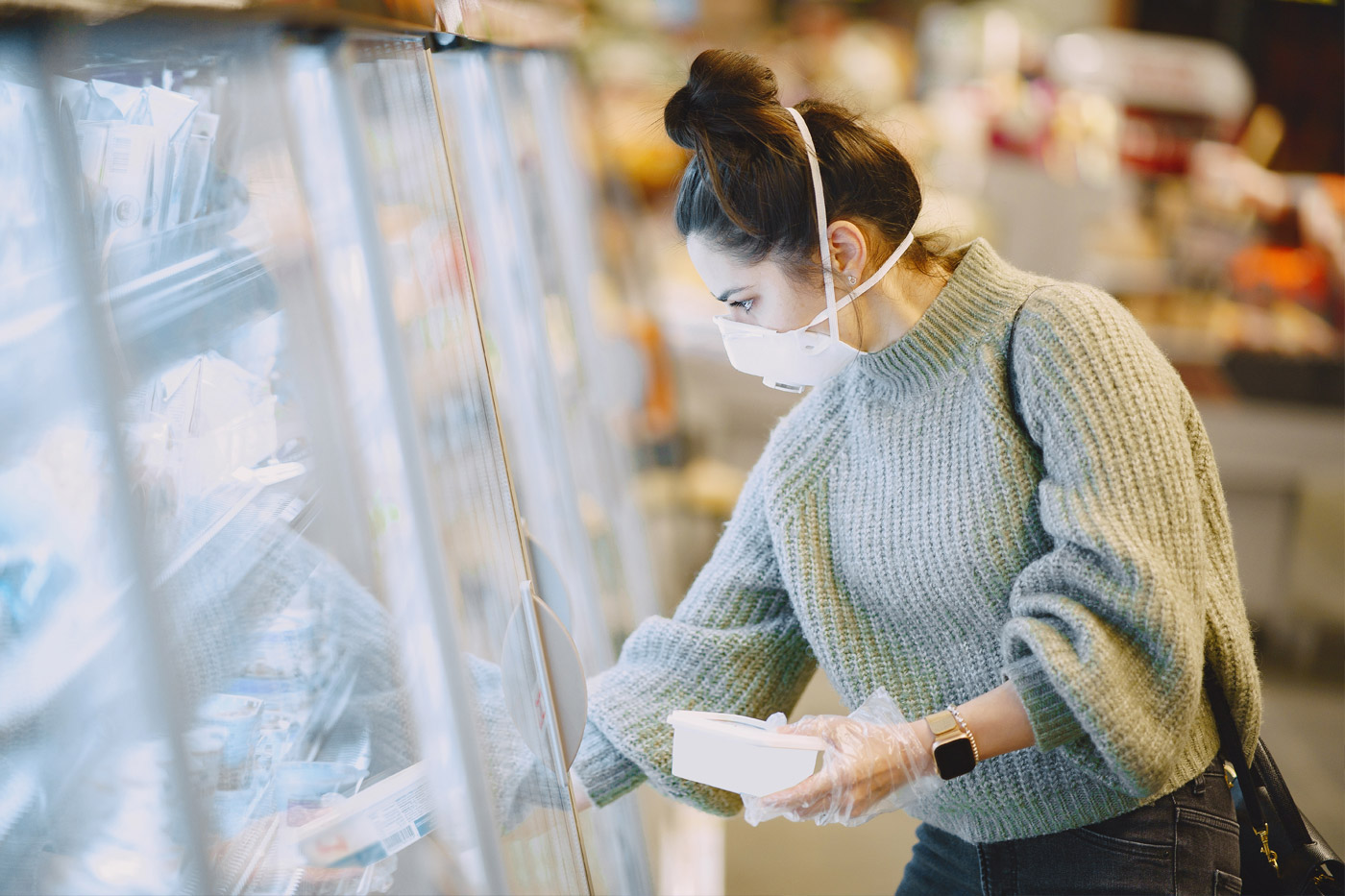New Delhi: Microscopic plastic particles commonly found in food and beverages could negatively impact glucose metabolism and damage vital organs like the liver, according to a new animal study presented at NUTRITION 2025, the flagship annual meeting of the American Society for Nutrition in Orlando.
Researchers from the University of California, Davis, have found that ingesting nanoplastics—tiny plastic particles less than 100 nanometers in size—can lead to signs of liver injury and glucose intolerance. These findings build on previous research suggesting that nanoplastics pose health risks when they enter the human body through contaminated food and drink.
Estimates suggest the average person consumes between 40,000 and 50,000 microplastic particles annually, with some reports suggesting exposure levels could reach up to 10 million particles per year.
“Our observations confirm and expand on earlier studies showing that oral ingestion of polystyrene nanoplastics impairs glucose regulation and causes liver damage,” said Amy Parkhurst, a doctoral researcher involved in the study.
To simulate human exposure, the research team administered daily oral doses of polystyrene nanoplastics—a type of plastic commonly found in food packaging—to 12-week-old male mice, at levels aligned with real-world human consumption.
Compared to a control group, the mice exposed to nanoplastics displayed clear signs of metabolic disruption, including glucose intolerance and increased levels of alanine aminotransferase (ALT), a marker of liver damage. The study also revealed increased gut permeability and elevated endotoxin levels—factors that can further compromise liver function.
“While we can’t eliminate all environmental plastic exposure, our study highlights the biological impact of even controlled, low-dose nanoplastic ingestion,” Parkhurst noted.
Researchers say more extensive studies are needed to fully understand the health implications and to guide regulatory policies on microplastic contamination in food systems.
“Scientific evidence like this is crucial for shaping public health strategies and developing to monitor micro nanoplastics,” Parkhurst added.
